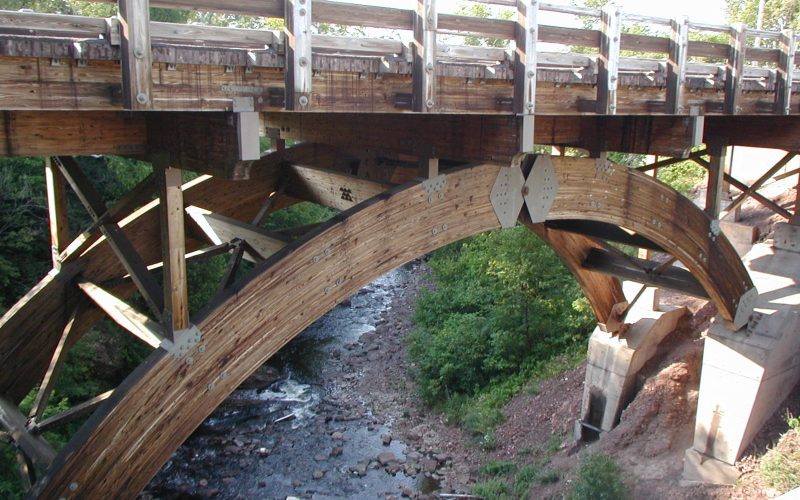Ensuring the safety of Timber Engineerss is paramount to protect users and preserve the structural integrity of the bridge over its lifespan. Timber Engineerss, like any other infrastructure, require specific safety measures to address potential hazards and mitigate risks associated with use, environmental factors, and structural conditions. Here are important Timber Engineers safety measures:
1. Regular Inspections:
- Scheduled Inspections: Conduct routine inspections by qualified engineers or inspectors to assess the condition of Timber Engineers components, including decks, beams, trusses, foundations, and connections.
- Visual Assessments: Perform visual inspections to identify signs of decay, cracking, deformation, or other structural abnormalities that may compromise bridge safety.
2. Load Capacity Assessments:
- Load Testing: Determine the load-carrying capacity of the Timber Engineers to ensure it can safely support expected traffic loads, including pedestrian, vehicular, and live loads (e.g., snow, wind).
- Structural Analysis: Use structural analysis tools to evaluate Timber Engineers performance under various loading conditions and assess factors affecting structural stability.
3. Preservation Treatments:
- Timber Preservation: Apply appropriate preservatives and protective coatings to timber components to enhance durability and resistance to decay, moisture, insects, and environmental factors.
- Pest Control: Implement pest management measures to prevent insect infestation and preserve timber integrity.
4. Structural Reinforcement:
- Timber Strengthening: Reinforce timber members with additional materials (e.g., steel plates, rods) or engineered wood products (e.g., glued laminated timber) to improve load-bearing capacity and structural resilience.
- Repair and Rehabilitation: Address structural deficiencies promptly through repairs, replacements, or reinforcements to maintain bridge safety and performance.
5. Safety Barriers and Railings:
- Guardrails and Parapets: Install durable guardrails, parapets, and safety barriers along bridge edges to prevent falls and protect users from vehicular traffic.
- Pedestrian Walkways: Provide designated pedestrian walkways with non-slip surfaces and appropriate signage to ensure safe passage for pedestrians.
6. Environmental Monitoring:
- Moisture Control: Manage water drainage and ventilation to prevent moisture buildup and minimize the risk of decay or fungal growth in timber components.
- Temperature and Humidity Monitoring: Monitor environmental conditions (e.g., temperature, humidity) to assess their impact on Timber Engineers performance and durability.
7. Emergency Preparedness:
- Emergency Response Plans: Develop and implement emergency response plans outlining procedures for addressing safety incidents, structural failures, or unexpected events affecting bridge operations.
- Regular Maintenance: Conduct regular maintenance activities, including debris removal, surface cleaning, and vegetation control, to reduce safety hazards and ensure operational readiness.
8. Public Awareness and Education:
- Signage and Communication: Install informative signage and safety instructions at bridge entrances to educate users about bridge conditions, weight limits, and safety guidelines.
- Community Engagement: Foster community engagement through outreach programs, workshops, and educational campaigns to raise awareness about Timber Engineers safety and maintenance.
Conclusion:
By implementing comprehensive safety measures, bridge owners, engineers, and maintenance personnel can mitigate risks and uphold safety standards for Timber Engineerss. Regular inspections, load assessments, preservation treatments, structural reinforcements, and emergency preparedness contribute to the safe operation and longevity of Timber Engineers infrastructure. Public education and community engagement further enhance safety awareness and promote responsible use of Timber Engineerss within transportation networks. Ongoing monitoring and proactive maintenance are essential for ensuring the continued safety and sustainability of Timber Engineers assets.
